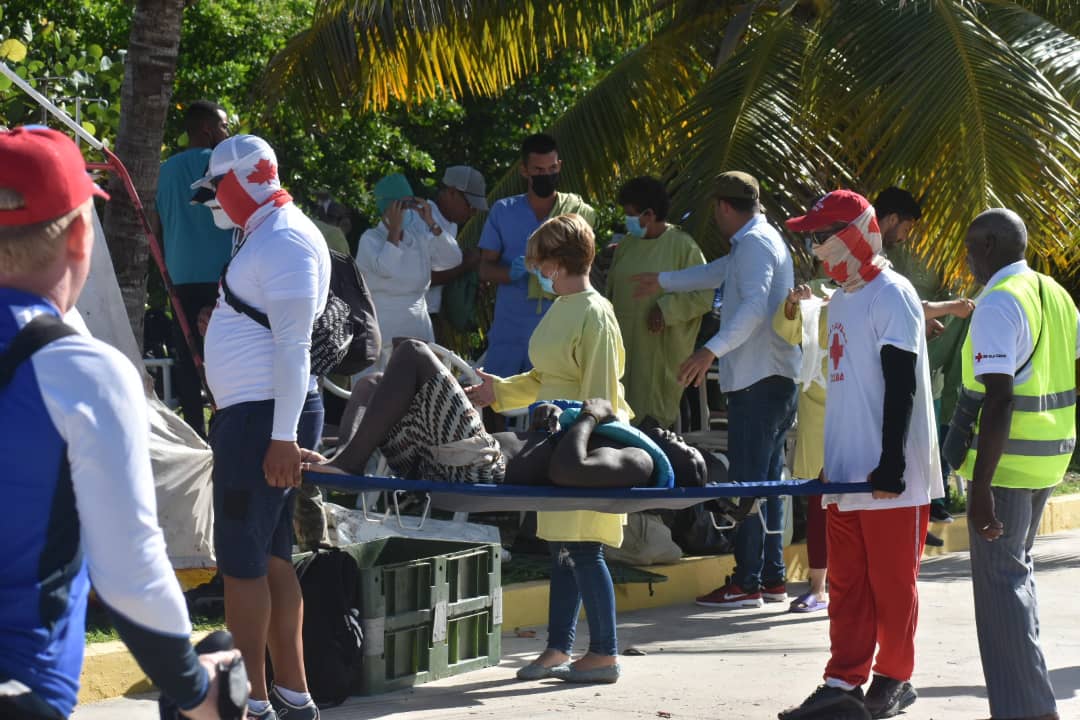He considered that it is recognition of the March collection, since that fund is deferred; “What they give them in May is the collection of April, but then there is recognition of a previous month,” added the public finance specialist.
The consequences
“These resources for participations are freely available to the entities, and they are important because they are used for the daily functioning of the state and municipal governments, although they fall little or the proportion is little with respect to the total, these resources are very important because they are already programmed and are used to pay salaries for public servants”, explained Christopher Cernichiaro, local public finance researcher at the Autonomous Metropolitan University (UAM) Iztapalapa Unit in collaboration with Conacyt.
In total, participations remain stable and even report increases, but if the situation continues it would mean fewer resources for the states in the coming months, and therefore lower quality public services, Cernichiaro warned.
José Luis Clavellina, Research Director of the Center for Economic and Budgetary Research (CIEP), explained that in real terms, the shares are being higher than the January-May period of last year, that is, the missing income from the state IEPS is being compensated by the excess income from oil exports, and which also have an important participation in the composition of the total delivery of Participations.
The CIEP researcher explained that providing incentives for gasoline has some implications, since that money can be used in other concepts such as social programs, since fiscal support for fuel is regressive, that is, it benefits more those who consume gasoline the most.
Clavellina ruled out that missing income can be reported for the end of the year, but if it is missing, these would be complemented with resources from the Federal Entities Income Stabilization Fund (FEIEF), which is barely recovering due to shortages in 2019 and 2020.
At this point it is important to consider that the participations and contributions represent an important part of all the income that the states have for their operation. For example, for the year projected for 2022, between 87% and 88% of all income comes from federal transfers, the rest from resources such as tenure and/or property, added Christopher Cernichiaro.
Expansión sought out the Ministry of the Treasury to find out its position on this issue without obtaining a response until the end of the edition.








